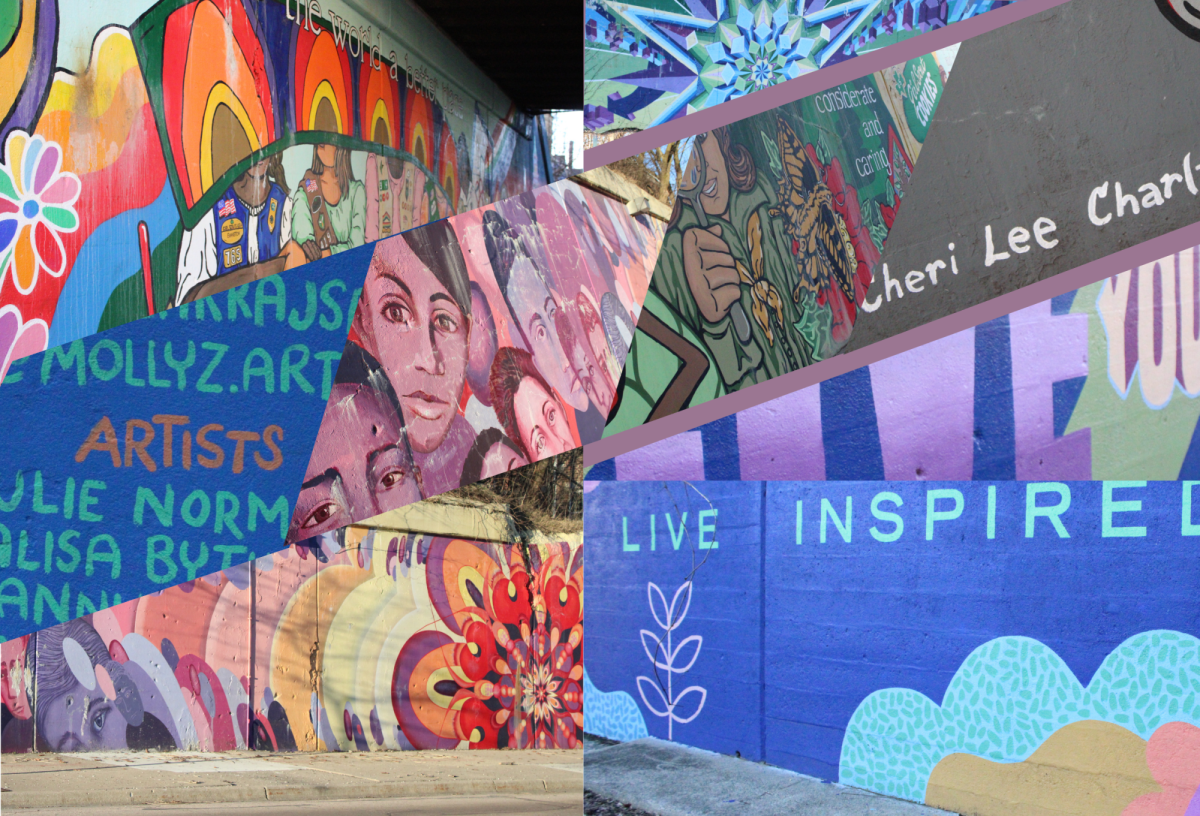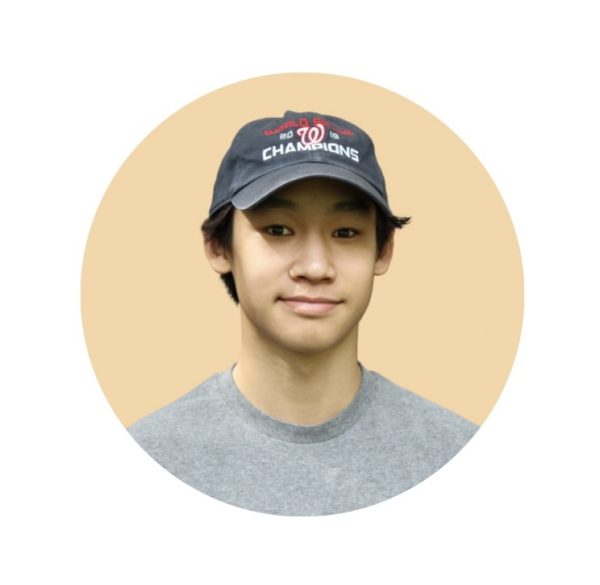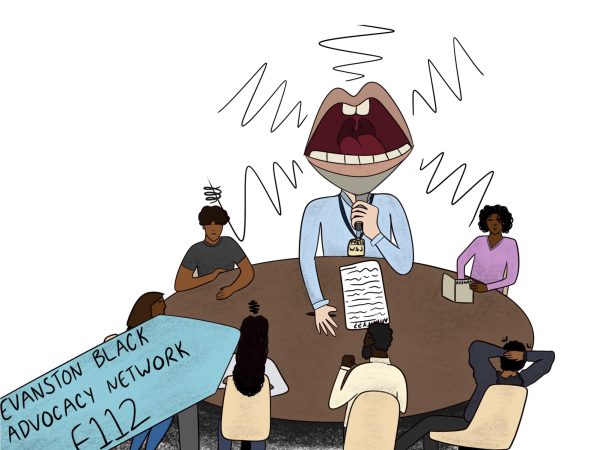It’s time to recognize benefits of women’s colleges
December 14, 2019
Women-only colleges have been around for well over 150 years in the U.S., with the “Seven Sisters”–Barnard, Bryn Mawr, Mount Holyoke, Radcliffe, Smith, Vassar and Wellesley–being among the most well-known and oldest. In contrast to the male-dominated institutions, like those in the Ivy League, the Seven-Sisters along with other women’s colleges offered a viable (and sometimes the only) pathway to a quality undergraduate education, particularly during the first half of the 20th century.
But as all-male selective colleges went coed, opening their doors to women, women’s colleges found themselves in competition, vying for applications that were much easier to get a decade earlier when female students had fewer options. In the 80s and 90s, interest in women’s colleges began to wane. Some, like Vassar and Wheaton, turned co-ed; others closed entirely. In an era when women were being told they could “have it all” and take their rightful place beside men in both the classroom and the boardroom, it was getting harder to make the case for women’s only education. But what is now coming to light, is the understanding that women’s colleges are essential for closing the gender gap in the workforce, and reinforcing collaborative environments for female voices to stand out. Despite their long and impressive history, women’s colleges have struggled in recent decades to capture the attention of female high school students — until now.
According to NBC News, colleges like Barnard, Mount Holyoke, Smith, Wellesley and Bryn Mawr are seeing dramatic increases in applications from 23 to 64 percent in the past five years — with Barnard College pulling in the highest increase in applications. And although this uptick might seem surprising, the reasons behind it makes more sense when we consider our current social political climate.
Academic and admission officers have been tracking the rise since 2016 — the year admissions to women’s colleges started to take off. Inside Higher Ed reports that “much of student planning and thinking about college choice that year preceded the Trump election and the Me Too movement,” and although slightly delayed, “that impact appears to be showing up this year.”
The social political movements responding to the outcry from women in Hollywood to Washington that formed the #MeToo movement are having a direct impact on young women applying to colleges today, according to Inside Higher Ed. As Smith College graduate Andrea Cooper explains in the Smith Alumnae Quarterly: “Women’s colleges may have risen in importance because of what they [women] perceive as the country’s anti-woman climate, punctuated by the #MeToo movement, challenges to reproductive rights and a changed world since 2016.”
Senior Lisa Grimsted is currently in the process of applying to college – and one-third of the schools she’s applying to are women’s colleges. Her own personal approach reflects the trend that Jaschik and Cooper see more broadly, and she feels the connection between the #MeToo movement and her application decisions.
“I’m not always super comfortable around the idea of having mostly male teachers or being a class where 75 percent of the students are male,” Grimsted says. “For me, it mostly stands out with having male teachers because it makes me more nervous and I feel like there’s kind of an assumption from them that they’re always right or better than me.”
This is not the only noticeable trend. Not only do women’s colleges prepare women for leadership roles post-graduation, but Huffington Post contributor and Scripps College graduate Elisabeth Pheiffir writes that “women’s colleges have been known to instill a sense of leadership in their students. Graduates of women’s colleges comprise more than 20 percent of women in Congress and are 30 percent of a Businessweek list of rising women in corporate America.” In response to the analysis, Forbes contributor Rachel Hennessey writes, “Given that only 2 percent of American female college graduates attended women’s schools, these percentages are significant.” Furthermore, a study cited by NBC called “What Matters in College after College” shows that women’s colleges produce the highest success rate of women in the workforce — even outside of Washington.
Grimsted sees this as one of the many assets of women’s colleges: “When I jump into the workforce, I will have been in a community where I can talk about whatever I want with my classmates and professors,” she says.
One reason that women-only institutions have proven so effective is their ability to rebuild basic social structures in the classroom. Women feel more supported and encouraged to speak up in all-female environments. Earlier this month, in an interview with Smith College president Kathleen McCartney said, “There’s no implicit bias directed at them, because for the most part, there are only women in the classes. They learn how to hone arguments; they learn how to be leaders.”
When a woman’s voice isn’t overshadowed by a man’s in an educational environment, young women are able to foster a stronger and more individual presence. In co-ed spaces, women’s voices can be harder to amplify and be heard.
Grimsted agrees with McCartney and believes that having a class size with predominantly female students will help foster a better community for her in college: “I think in college I want a space where I don’t have to worry about male competition and where I can be encouraged to speak up and not have to feel like I have to quiet down.”
Unique programs at women’s colleges such as the Athena Center for Leadership Studies at Barnard College are dedicated to highlighting the leadership skills of women and how gender affects leadership styles. Successfully supporting female students who go on to excel in the workforce by creating programs to hone in and maximize these outcomes, it is easy to see why women’s colleges are gaining popularity. Now, with such high success rates from women’s college graduates, these female-dedicated institutions are not only seen as a necessity, but a privilege to attend with advantage of not being overlooked in co-ed environments.
We all know that in a public school the size of ETHS, experiencing diversity and inclusion and a sense of belonging is important for all students. And yet, students can feel that sense of identity and belonging in different ways: whether it be through sports, or clubs, or some kind of affinity group. We are all trying to find that place where we can shine and be ourselves at the same time. The search for the right college or career should be no different. Where one female student might thrive at a big university, another might feel more nurtured at an HBCU, or more able to shine at a women’s college. Students, teachers, and administrators should encourage women’s colleges as well as other post-secondary options that have been historically overlooked as well. With their appealing supportive community and successful preparation of graduates for the workforce, women’s colleges need to be encouraged as a valuable and resourceful asset for female students.














